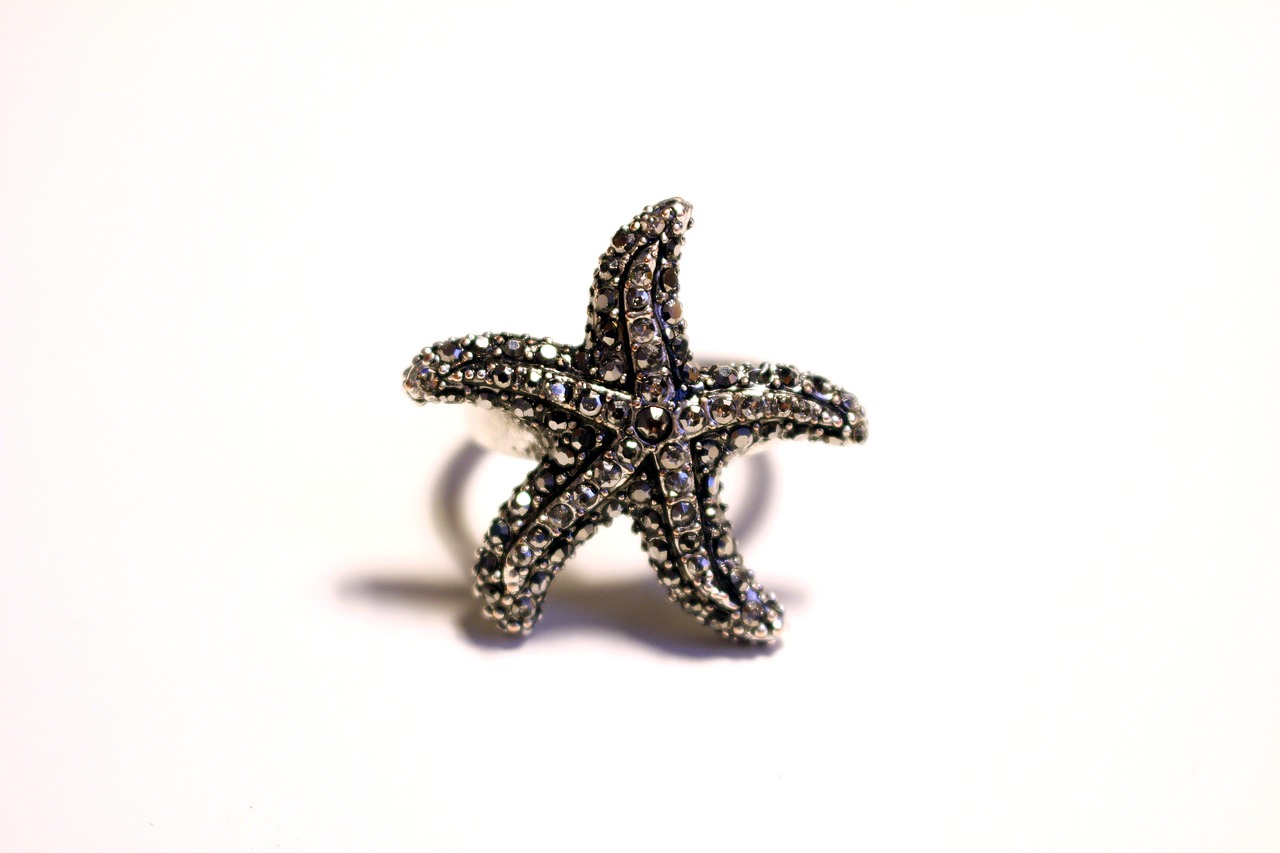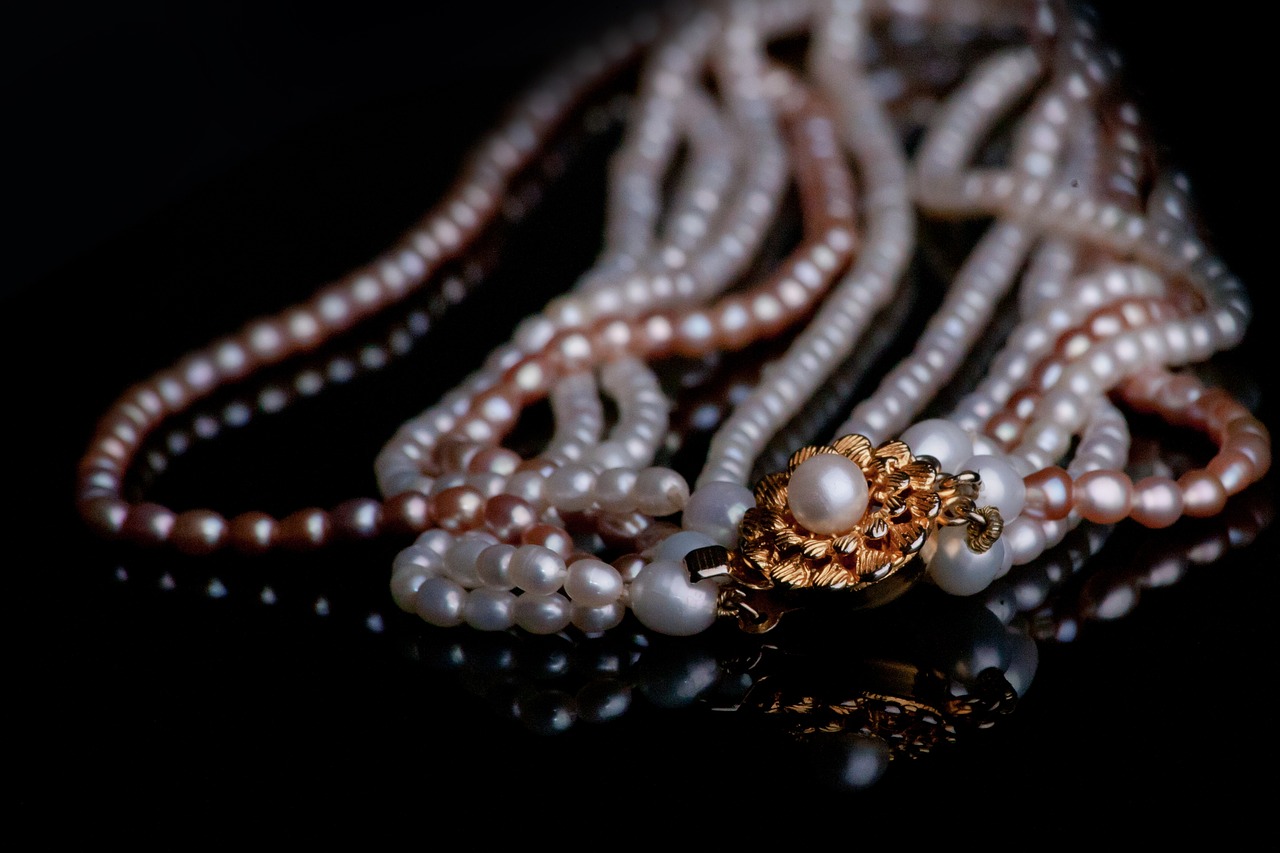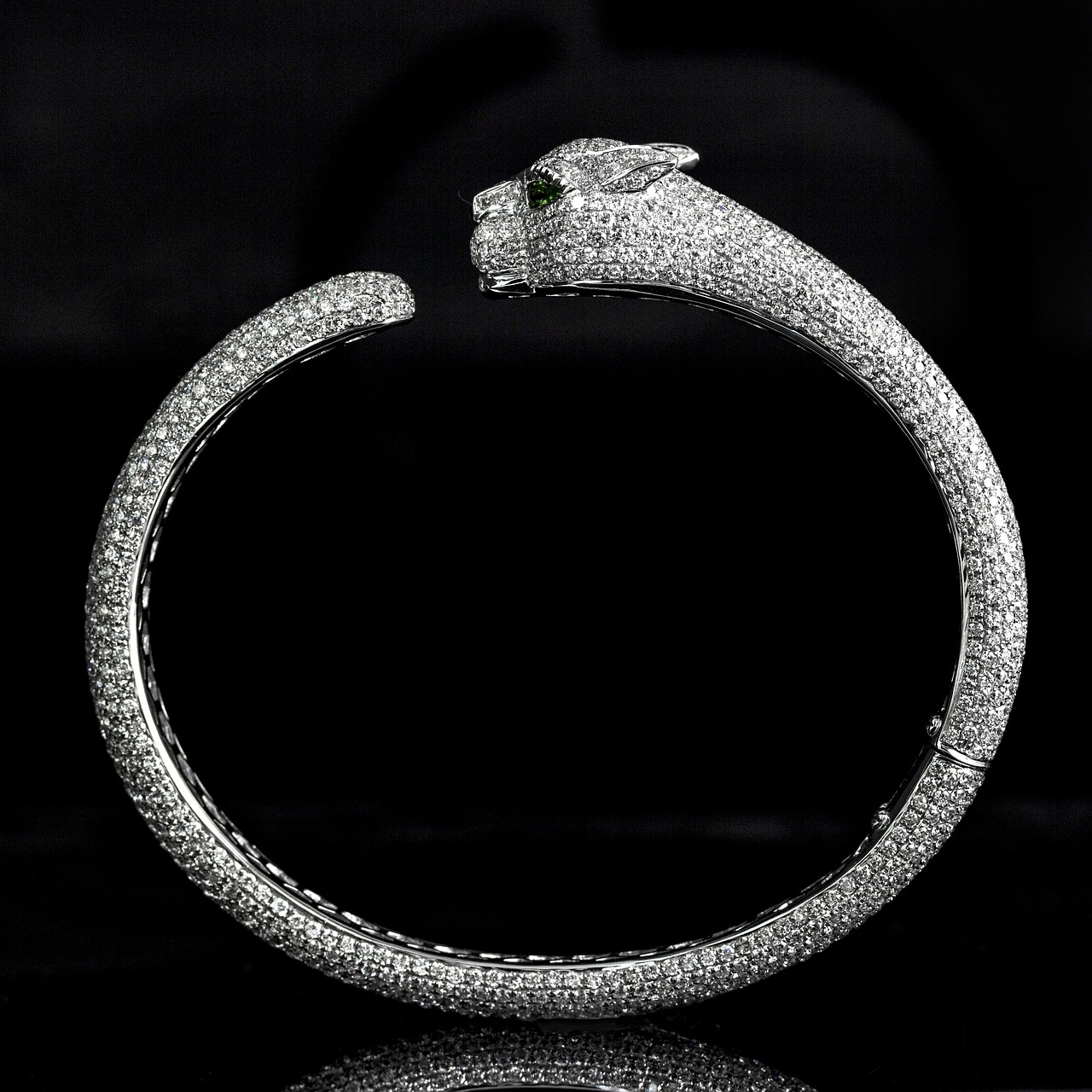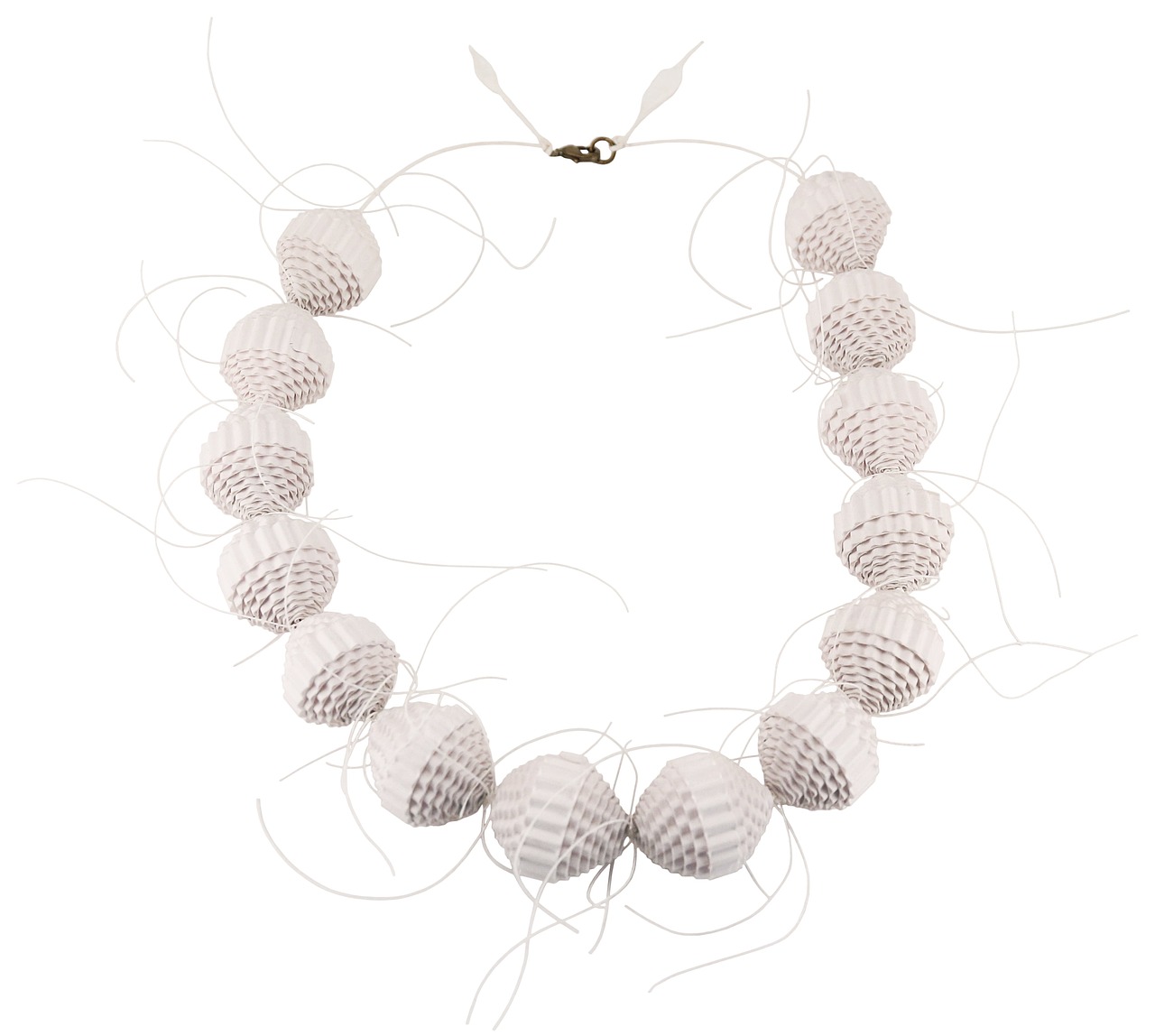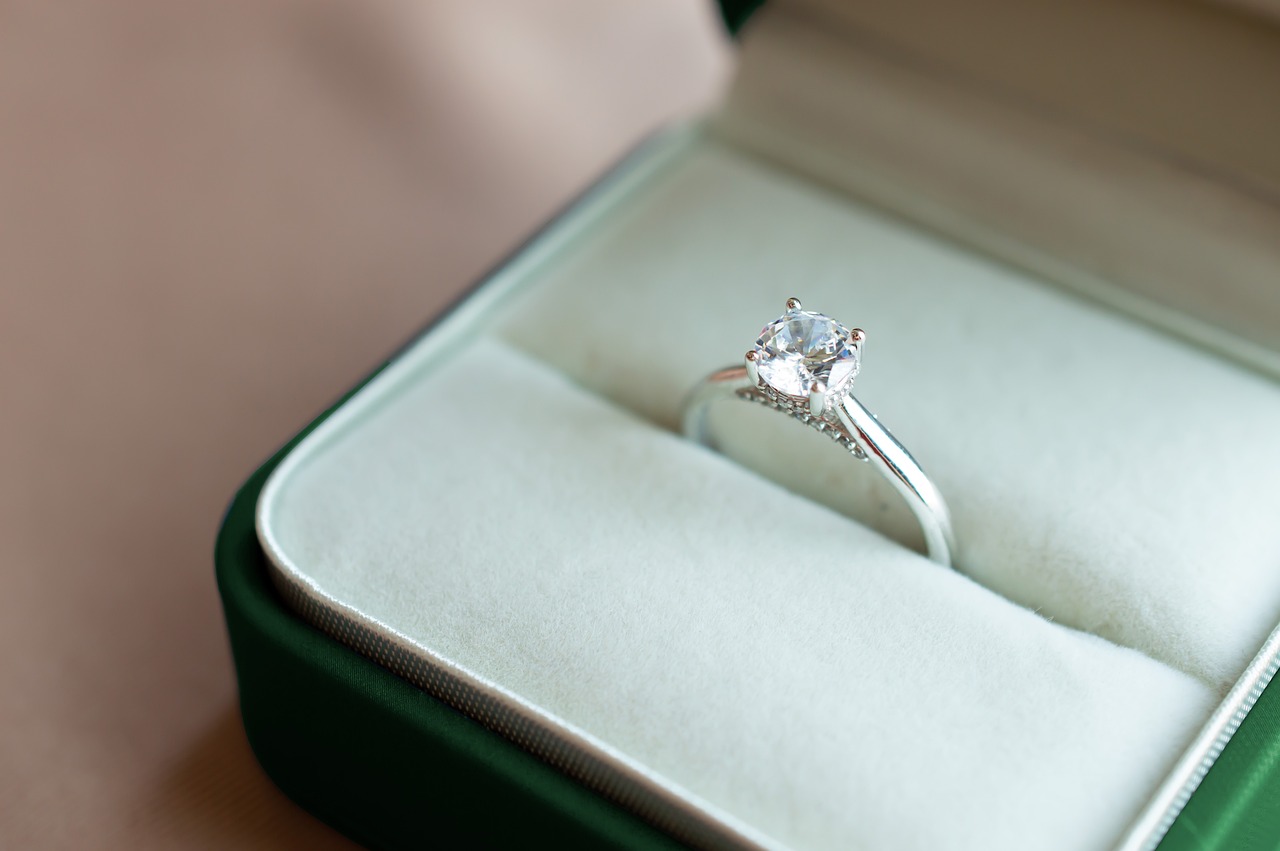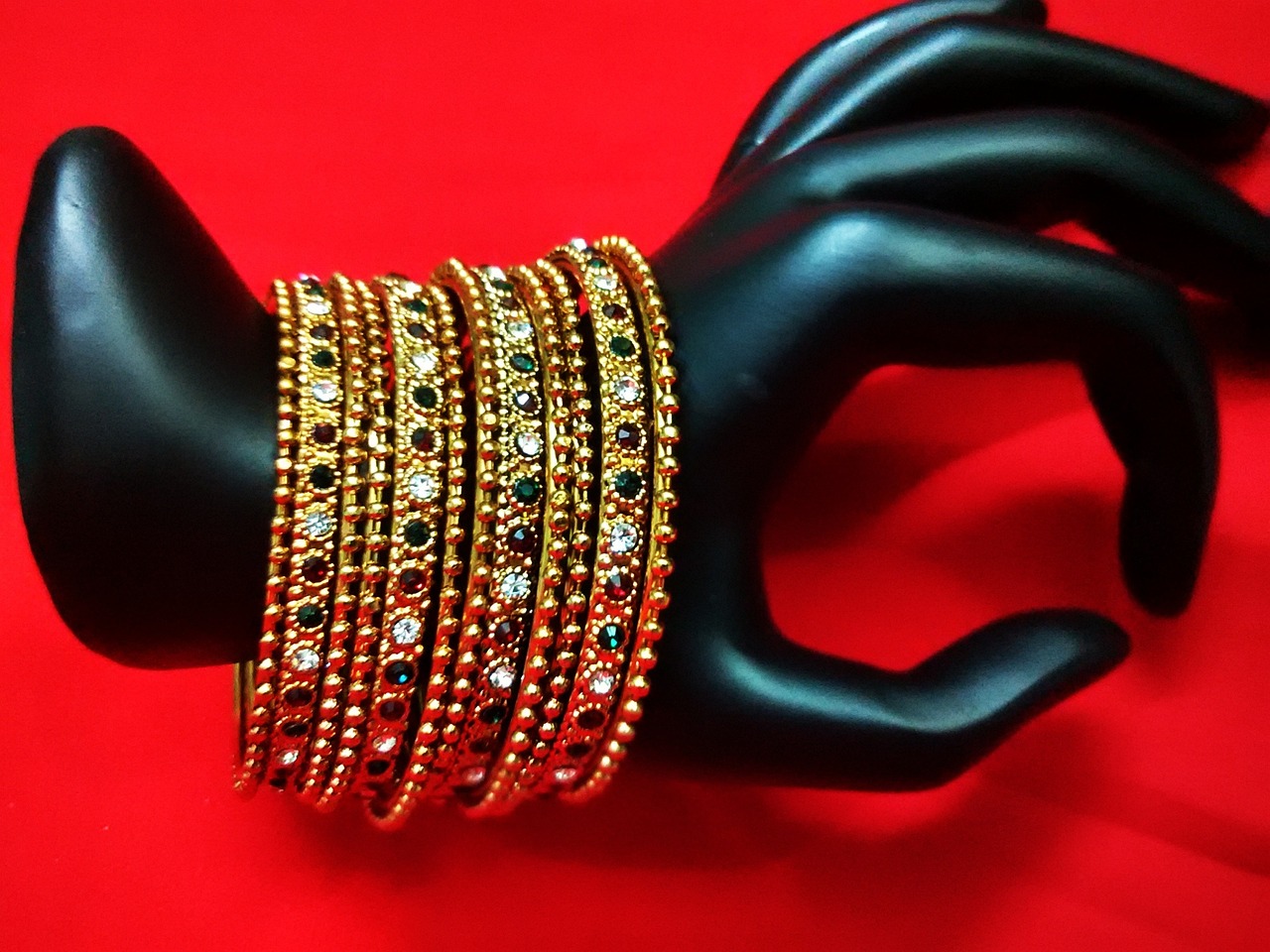The world of luxury jewelry is a fascinating realm where artistry meets opulence. This article explores the most expensive jewelry brands globally, highlighting their unique features, exceptional craftsmanship, and the various factors that contribute to their high price tags. From the rich history of each brand to the exquisite materials used, understanding what makes these jewelry houses stand out is essential for enthusiasts and collectors alike.
Understanding the elements that contribute to the high prices of luxury jewelry brands is essential. Several factors play a pivotal role:
- Craftsmanship: The level of skill and artistry involved in creating each piece.
- Materials: The use of precious metals, gemstones, and other high-quality materials.
- Brand Heritage: A long-standing reputation and history often enhance the value.
- Exclusivity: Limited availability and unique designs attract collectors.
This section delves into the elite jewelry brands that dominate the luxury market:
- Cartier: Known for timeless elegance and exceptional craftsmanship.
- Tiffany & Co.: Famous for its iconic blue boxes and exquisite designs.
- Bulgari: Embodies Italian luxury with bold designs and vibrant gemstones.
- Van Cleef & Arpels: Renowned for innovative designs and unique techniques.
- Chopard: Combines luxury with sustainability, known for its ethical sourcing.
Cartier is synonymous with luxury and elegance. The brand’s commitment to exceptional craftsmanship and timeless designs has solidified its reputation as one of the world’s most prestigious jewelry houses. Each piece tells a story, often reflecting the history and culture intertwined with the brand’s legacy.
Tiffany & Co. is not just known for its iconic blue boxes but also for its exquisite craftsmanship and unique designs. The brand’s rich history, dating back to 1837, and innovative marketing strategies contribute to its high status in the luxury market. Tiffany’s commitment to quality and its distinctive style make it a favorite among discerning buyers.
Bulgari embodies Italian luxury through its bold designs and vibrant gemstones. Known for its unique style and dedication to quality craftsmanship, Bulgari has become a favorite among discerning jewelry lovers. The brand’s ability to blend traditional Italian artistry with modern design makes it stand out in the luxury market.
Van Cleef & Arpels is renowned for its innovative designs and the use of unique techniques like the Mystery Set. This commitment to artistry and craftsmanship makes its jewelry truly one-of-a-kind. Each piece is a testament to the brand’s dedication to creativity and excellence.
Heritage is a crucial aspect of luxury jewelry brands. A rich history often adds to the allure and value of the pieces, making them more desirable to collectors and enthusiasts. Brands with a storied past often command higher prices due to their legacy and the craftsmanship that comes from generations of expertise.
Limited edition pieces often fetch higher prices due to their exclusivity. Scarcity and unique designs contribute to the allure and investment potential of luxury jewelry. Collectors are often willing to pay a premium for pieces that are not widely available, making limited editions a smart investment choice.
As the luxury market evolves, trends such as sustainability and personalization are reshaping the jewelry landscape. Brands are increasingly focusing on ethical sourcing and environmentally friendly practices, appealing to a more conscious consumer base. Personalization allows customers to create unique pieces that reflect their individual style.
Investing in luxury jewelry can be lucrative, but it requires knowledge and strategy. Potential investors should consider factors such as brand reputation, rarity, and condition of the pieces. Engaging with reputable dealers and staying informed about market trends can help ensure that investments retain or increase their value over time.
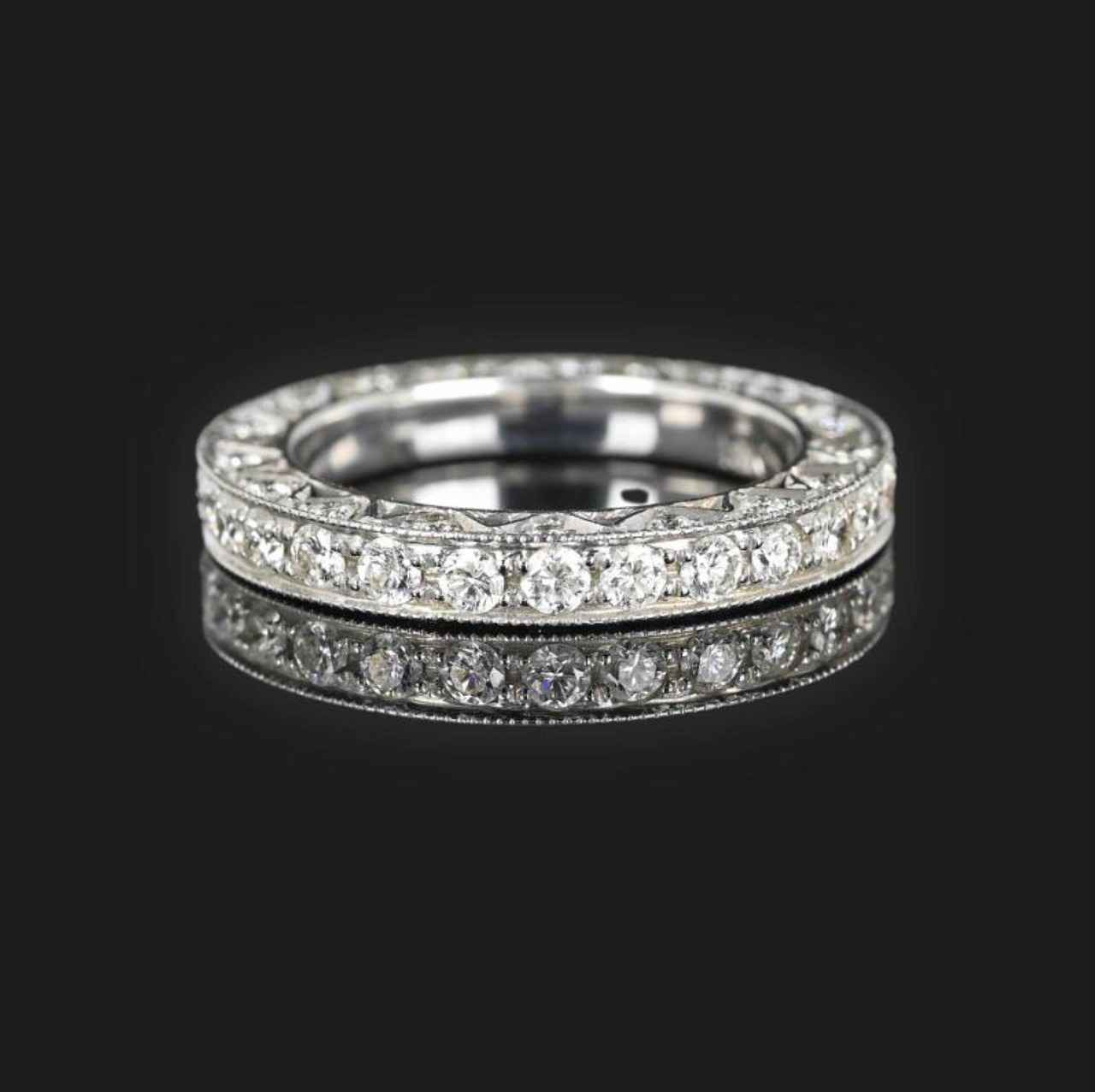
What Makes Jewelry Brands Expensive?
When it comes to luxury jewelry, understanding the factors that contribute to their high prices is crucial for both consumers and collectors. The world of luxury jewelry is not just about aesthetics; it encompasses a variety of elements that elevate the value of these exquisite pieces.
- Craftsmanship: The artistry involved in creating luxury jewelry is unparalleled. Each piece is often handcrafted by skilled artisans who dedicate hours, if not days, to perfecting every detail. This meticulous attention to detail ensures that each item is not only visually stunning but also a testament to the skill and dedication of the jeweler.
- Materials: The quality of materials used plays a significant role in determining the price of luxury jewelry. High-end brands typically use precious metals like gold, platinum, and sterling silver, along with gemstones such as diamonds, sapphires, and emeralds. The rarity and quality of these materials significantly influence the overall value of the piece.
- Brand Heritage: The history and legacy of a jewelry brand often add to its prestige. Brands with a long-standing reputation for quality and design, such as Cartier and Tiffany & Co., command higher prices due to their established heritage. This history often includes iconic designs and significant contributions to the jewelry industry.
- Exclusivity: Limited editions and exclusive collections are common among luxury brands, which contribute to their high prices. The allure of owning a piece that is not widely available makes these items particularly desirable. Collectors are often willing to pay a premium for pieces that are rare or part of a limited release.
Moreover, the emotional connection that luxury jewelry can evoke is another factor in its pricing. Many individuals purchase these items not just for their aesthetic appeal but also for the memories and sentiments they represent. Whether it’s an engagement ring or a family heirloom, the personal stories behind these pieces can add an intangible value that transcends their material worth.
Additionally, the marketing strategies employed by luxury brands also play a significant role in their pricing. Effective branding and advertising create an image of exclusivity and desirability, which can drive prices up. The perception of luxury is often cultivated through high-profile endorsements, fashion shows, and collaborations with renowned designers.
In conclusion, the high prices of luxury jewelry brands are a reflection of various intertwined elements, including craftsmanship, materials, brand heritage, exclusivity, and emotional significance. Understanding these factors can provide valuable insights for consumers and collectors alike, allowing them to appreciate the true value behind these stunning pieces.
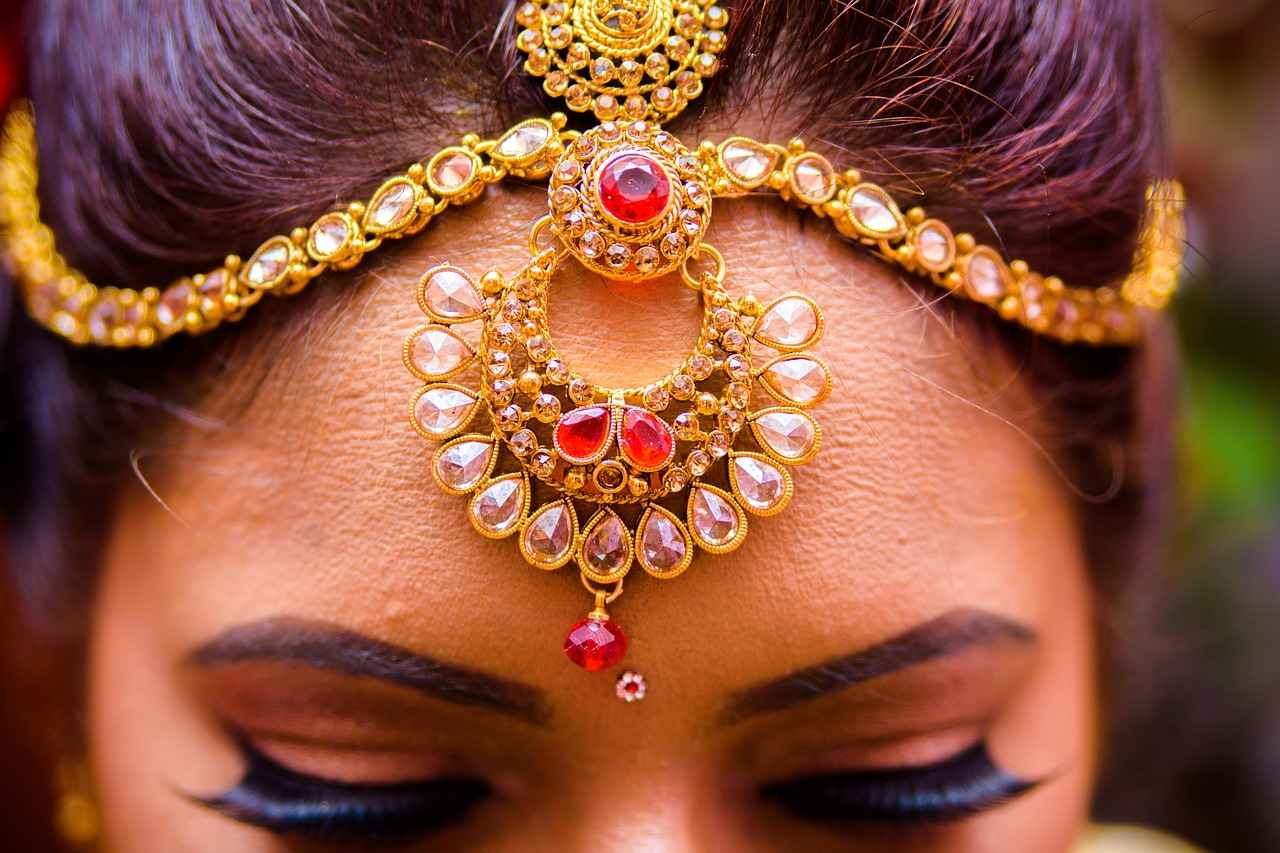
Top 5 Most Expensive Jewelry Brands
The world of luxury jewelry is a realm where craftsmanship, heritage, and exclusivity intertwine to create masterpieces that are not just adornments but investments. In this section, we explore the top five most expensive jewelry brands that have carved their niche in the luxury market. Each of these brands has a rich history and a reputation for exceptional quality, making them highly coveted by collectors and connoisseurs alike.
Cartier has long been synonymous with luxury and sophistication. Founded in 1847, the brand is celebrated for its exquisite craftsmanship and iconic designs, such as the Cartier Love Bracelet and the Tank Watch. Cartier’s commitment to quality is evident in every piece, often featuring the finest materials, including rare gemstones and precious metals. This dedication to excellence has solidified its status as one of the most prestigious jewelry houses in the world.
Tiffany & Co. is not just recognized for its iconic blue boxes but also for its unparalleled craftsmanship and unique designs. Established in 1837, the brand has a rich history that includes the introduction of the solitaire engagement ring. Tiffany’s commitment to ethical sourcing and innovation in design has set it apart from competitors, making its pieces highly sought after by those who appreciate both beauty and integrity.
Bulgari embodies the essence of Italian luxury with its daring designs and vibrant gemstones. Founded in 1884, the brand is known for its bold use of color and innovative styles, such as the distinctive Bulgari Serpenti collection. Bulgari’s dedication to quality craftsmanship and its ability to blend traditional techniques with modern aesthetics have made it a favorite among discerning jewelry lovers worldwide.
Renowned for its artistic approach, Van Cleef & Arpels has been creating unique jewelry pieces since 1906. The brand is famous for its innovative techniques, such as the Mystery Set, which allows gemstones to be set without visible prongs. This commitment to artistry and craftsmanship results in truly one-of-a-kind pieces that are highly coveted by collectors.
Founded in 1860, Chopard is celebrated for its luxurious watches and fine jewelry. The brand’s dedication to sustainability and ethical sourcing has gained it recognition in recent years. Chopard’s exquisite pieces often feature intricate designs and high-quality materials, making them a favorite among celebrities and collectors alike. The Chopard Happy Diamonds collection is particularly renowned for its playful design, incorporating free-moving diamonds.
In summary, these elite jewelry brands not only dominate the luxury market but also set the standard for quality and craftsmanship. Their rich histories, innovative designs, and commitment to excellence make them highly sought after by collectors and connoisseurs. Investing in these brands is not just about acquiring beautiful jewelry; it is about owning a piece of art that carries a legacy.
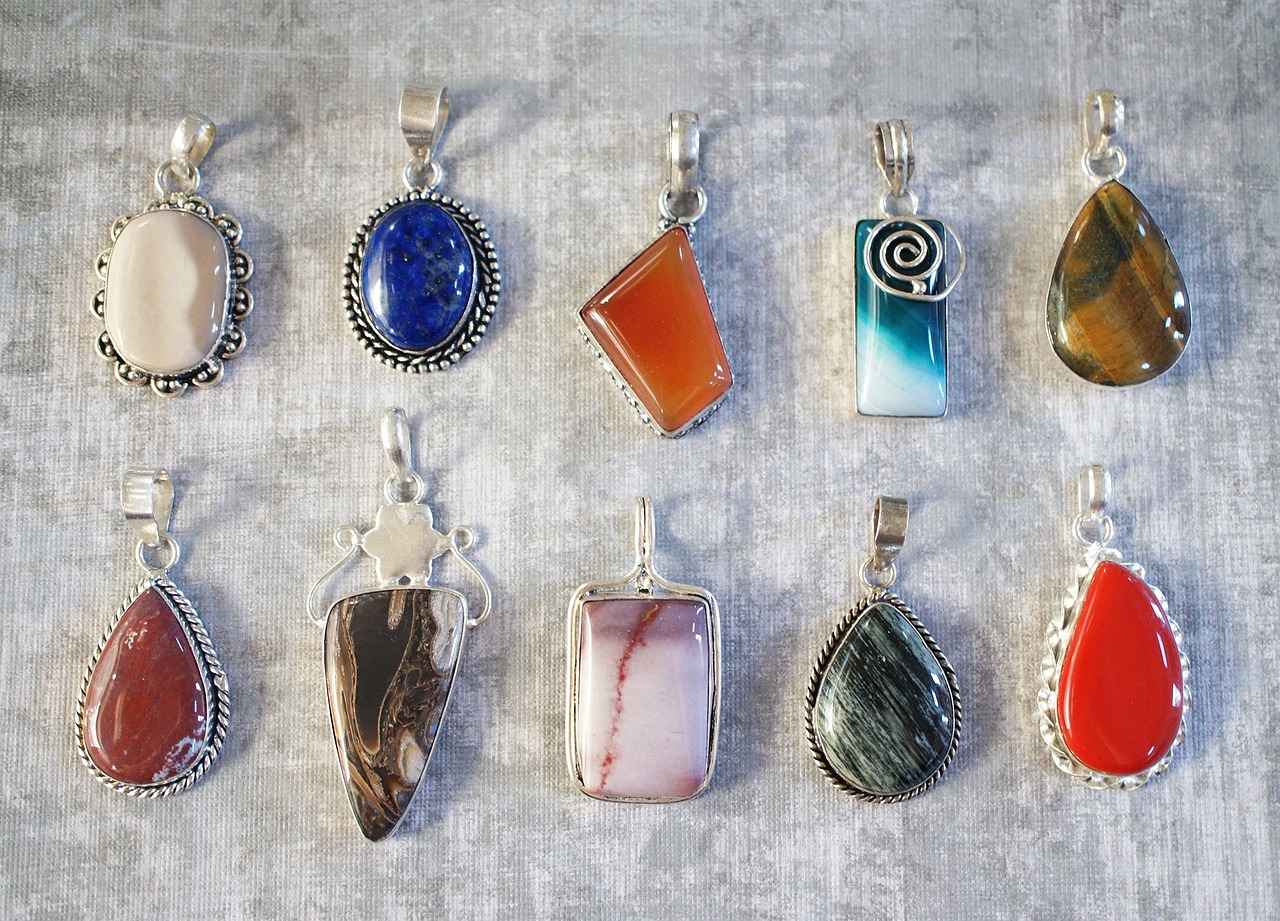
How Does Cartier Maintain Its Prestige?
Cartier is a name that resonates with luxury and elegance. Established in 1847, this iconic brand has successfully maintained its prestige through a combination of exceptional craftsmanship, innovative designs, and a rich heritage that appeals to both collectors and jewelry enthusiasts worldwide.
The brand’s commitment to craftsmanship is evident in every piece it creates. Cartier artisans utilize traditional techniques passed down through generations, ensuring that each item is not only a piece of jewelry but a work of art. This dedication to quality is reflected in the meticulous attention to detail, from the selection of the finest materials to the intricate finishing touches that set Cartier apart from other luxury brands.
Timeless designs are another cornerstone of Cartier’s enduring appeal. The brand is renowned for its ability to blend classic styles with modern aesthetics, resulting in pieces that are both contemporary and timeless. Iconic collections such as the Love bracelet and Panthère series exemplify this philosophy, showcasing designs that have transcended trends and remain sought after by discerning buyers.
Furthermore, Cartier’s rich heritage plays a crucial role in maintaining its prestige. The brand has a storied history, having adorned royalty and celebrities alike. This connection to historical significance enhances the allure of Cartier jewelry, making it not just a purchase but an investment in a legacy. The brand’s ability to tell a story through its pieces captivates customers, adding emotional value to its products.
Exclusivity is another factor that contributes to Cartier’s status as a luxury brand. Limited editions and bespoke creations cater to a clientele that values uniqueness. By offering exclusive pieces, Cartier not only enhances its brand image but also ensures that its customers feel special and privileged, further solidifying their loyalty.
In addition to its exquisite products, Cartier has embraced modern marketing strategies that resonate with today’s consumers. The brand’s presence on social media platforms and collaborations with influential figures allow it to reach a broader audience while maintaining its luxurious image. This balance between tradition and innovation is key to Cartier’s ongoing success.
Moreover, Cartier’s commitment to sustainability and ethical sourcing of materials is increasingly important in today’s market. By ensuring that their gemstones and precious metals are sourced responsibly, Cartier not only adheres to modern ethical standards but also appeals to the growing segment of consumers who prioritize sustainability in their purchasing decisions.
In conclusion, Cartier’s ability to maintain its prestige lies in its unwavering commitment to craftsmanship, timeless design, and a rich heritage that resonates with consumers. By embracing exclusivity, modern marketing techniques, and sustainable practices, Cartier continues to be a leader in the luxury jewelry market, captivating new generations while honoring its storied past.
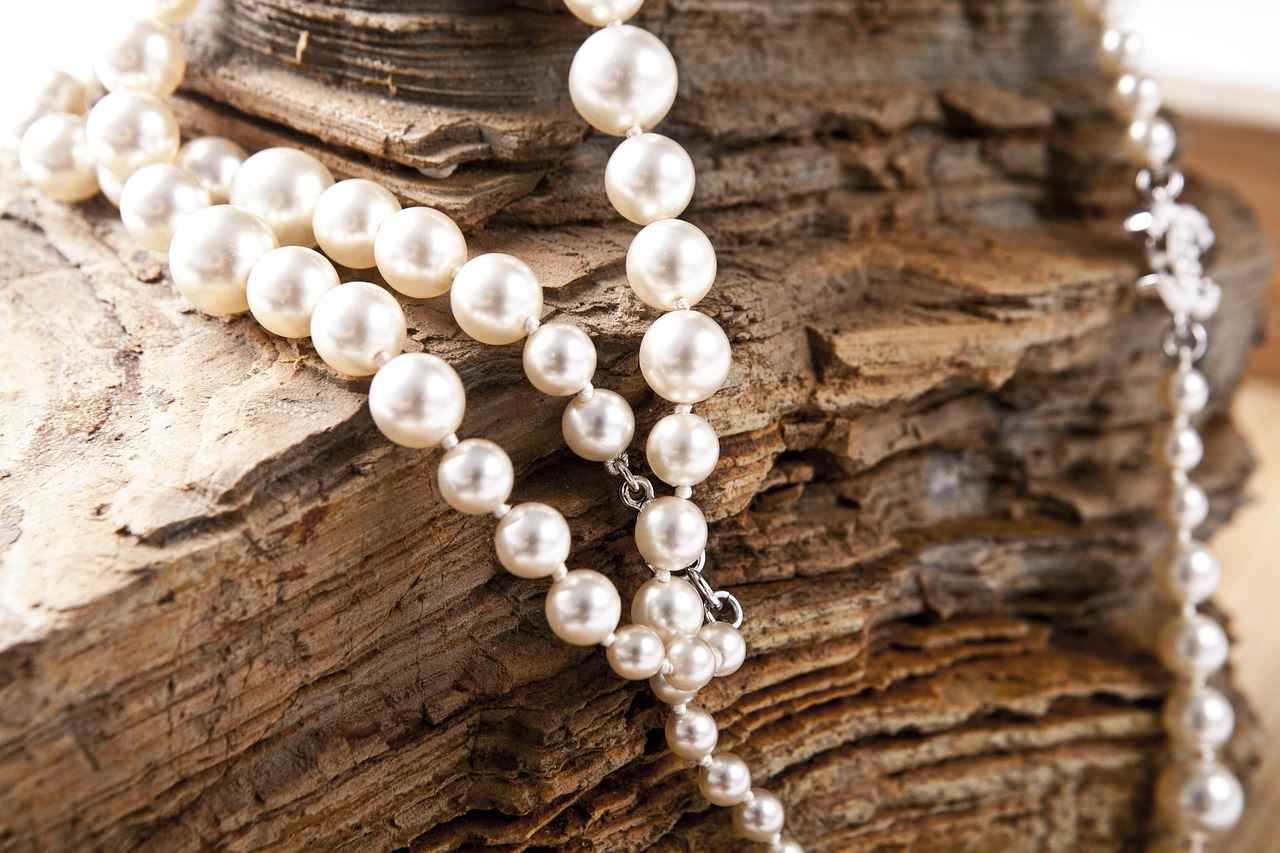
What Sets Tiffany & Co. Apart from Competitors?
Tiffany & Co. has remained a beacon of luxury and elegance in the jewelry industry for over a century. Known primarily for its iconic blue boxes, the brand represents much more than just a packaging color; it embodies a legacy of exquisite craftsmanship and unique designs that have captivated generations. This article delves deeper into what truly sets Tiffany & Co. apart from its competitors.
At the heart of Tiffany & Co.’s allure is its commitment to superior craftsmanship. Each piece of jewelry is meticulously crafted by skilled artisans who employ traditional techniques passed down through generations. This dedication to quality ensures that every item not only meets but exceeds customer expectations. The brand uses only the finest materials, including ethically sourced diamonds and precious metals, which further enhances the value of their creations.
Tiffany & Co. is renowned for its unique designs that blend classic elegance with modern sensibilities. The brand’s signature pieces, such as the Tiffany Setting engagement ring, are celebrated for their innovative approach to design. The ring’s six-prong setting elevates the diamond, allowing maximum light to enter and create unparalleled brilliance. This innovative design philosophy has set trends in the jewelry industry, influencing many other brands.
The history of Tiffany & Co. dates back to 1837, and this rich heritage plays a crucial role in its brand identity. The company has been at the forefront of significant moments in history, including the American Civil War and the Gilded Age, which has cemented its status as a symbol of luxury. Tiffany’s historical significance adds an emotional layer to its products, making them not just items of adornment but also pieces of history.
Tiffany & Co. has mastered the art of marketing, creating a brand image that resonates with consumers. The brand’s iconic advertising campaigns, such as the famous Tiffany Blue Book, showcase its exquisite collections while reinforcing the allure of exclusivity. Additionally, collaborations with high-profile celebrities and fashion icons have kept the brand in the public eye, making it a coveted name in luxury jewelry.
In recent years, Tiffany & Co. has taken significant strides towards sustainability, making it a pioneer in the luxury jewelry sector. The brand is committed to sourcing materials responsibly and has implemented practices to minimize its environmental impact. This focus on sustainability not only appeals to the modern consumer but also reinforces Tiffany’s reputation as a socially responsible brand.
Another factor that distinguishes Tiffany & Co. from its competitors is its commitment to providing an exceptional customer experience. From personalized shopping experiences to bespoke jewelry services, Tiffany ensures that each customer feels valued. The brand’s iconic stores, often located in prime locations, offer an inviting atmosphere that enhances the overall shopping experience.
In summary, Tiffany & Co. stands out in the competitive luxury jewelry market due to its unwavering dedication to craftsmanship, innovative designs, rich heritage, and effective marketing strategies. The brand’s commitment to sustainability and exceptional customer service further solidifies its position as a leader in the industry. As Tiffany continues to evolve and adapt to changing consumer preferences, it remains a timeless symbol of luxury and elegance.

Why is Bulgari Considered a Symbol of Italian Luxury?
Bulgari is not just a brand; it is a celebration of Italian luxury that has captivated jewelry enthusiasts around the globe. Founded in 1884 by Sotirio Bulgari, the brand has built a legacy characterized by its bold designs and the use of vibrant gemstones. This article delves into the reasons why Bulgari is revered as a symbol of Italian luxury, exploring its unique style, craftsmanship, and cultural significance.
At the heart of Bulgari’s appeal is its distinctive design aesthetic. The brand is known for its daring combinations of colors and materials, often incorporating large, colorful gemstones that are not commonly found in traditional jewelry. This approach not only showcases the beauty of the stones but also reflects a sense of Italian flair and creativity. Bulgari’s pieces often feature intricate patterns and bold geometrical shapes, setting them apart from more conventional jewelry designs.
Bulgari’s commitment to quality craftsmanship is evident in every piece it produces. The brand employs skilled artisans who meticulously craft each item, ensuring that it meets the highest standards of quality. This dedication to craftsmanship is paired with the use of premium materials, including 18-karat gold and ethically sourced gemstones. Each Bulgari piece tells a story, reflecting the brand’s heritage and the expertise of its artisans.
The rich heritage of Bulgari significantly contributes to its status as a luxury brand. With over a century of history, Bulgari has become synonymous with Italian elegance and sophistication. The brand’s roots in Rome are reflected in its designs, which often draw inspiration from the city’s architecture and art. This connection to its origins not only enhances the brand’s allure but also resonates with consumers who appreciate the cultural significance behind each piece.
Bulgari’s collections are highly sought after due to their exclusivity and limited availability. The brand frequently releases limited edition pieces that are designed to appeal to collectors and connoisseurs. This strategy not only boosts the desirability of its products but also enhances their investment potential. Many Bulgari pieces appreciate in value over time, making them not just a purchase but a wise investment.
Innovation is a cornerstone of Bulgari’s philosophy. The brand continually seeks to push the boundaries of traditional jewelry design, often experimenting with new techniques and materials. For instance, Bulgari has embraced modern technology in its manufacturing processes while still honoring the artisanal methods that have defined its heritage. This blend of tradition and innovation allows Bulgari to remain relevant in a constantly evolving luxury market.
Bulgari’s reputation for exquisite craftsmanship and bold designs has made it a favorite among celebrities and public figures. The brand’s pieces are often seen on red carpets and in high-profile events, further solidifying its status as a luxury icon. Celebrities are drawn to Bulgari not only for its aesthetic appeal but also for the brand’s commitment to quality and exclusivity.
In conclusion, Bulgari’s embodiment of Italian luxury is a result of its unique design aesthetic, commitment to quality craftsmanship, rich heritage, and innovative spirit. As the brand continues to evolve, it remains a symbol of elegance and sophistication, captivating the hearts of jewelry lovers worldwide.
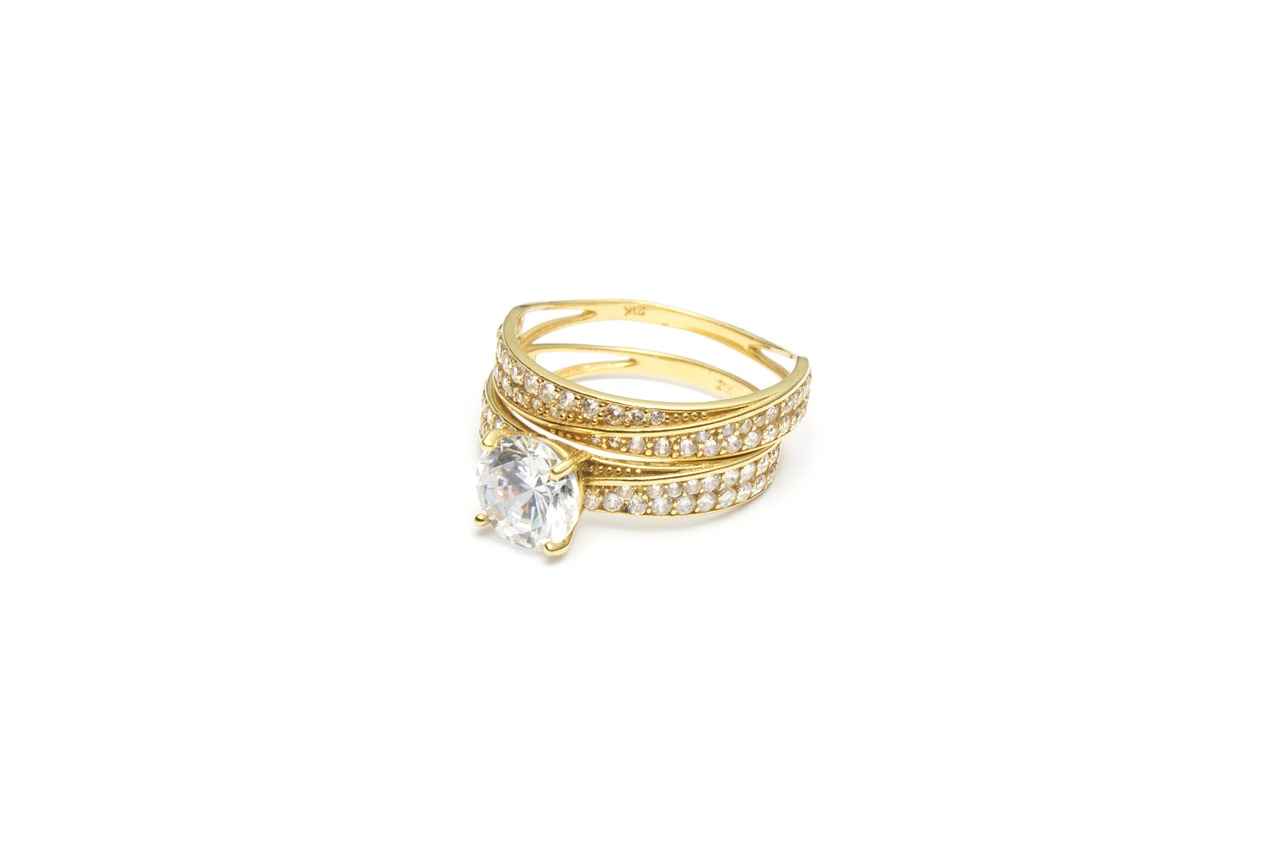
How Does Van Cleef & Arpels Create Unique Pieces?
Van Cleef & Arpels is a name that resonates with luxury and artistry in the world of fine jewelry. This esteemed brand has earned its reputation through a combination of innovative designs, exceptional craftsmanship, and a rich heritage that dates back to 1906. One of the most notable aspects of Van Cleef & Arpels is its pioneering use of unique techniques, notably the Mystery Set, which sets it apart from other luxury jewelry brands.
The Mystery Set technique is a hallmark of Van Cleef & Arpels, showcasing the brand’s commitment to pushing the boundaries of jewelry design. This intricate method involves setting gemstones in such a way that no visible prongs are exposed, allowing for a seamless and uninterrupted surface of sparkling stones. This not only enhances the aesthetic appeal but also demonstrates the brand’s technical prowess and dedication to craftsmanship.
- Artistry: Every piece of jewelry is a work of art, often inspired by nature, architecture, and various cultures. The designs are meticulously crafted to tell a story, making each piece unique and meaningful.
- Craftsmanship: The artisans at Van Cleef & Arpels undergo extensive training to master the intricate techniques required to create these unique pieces. Their attention to detail ensures that every item meets the high standards set by the brand.
- Exclusivity: Limited edition collections and bespoke creations enhance the allure of Van Cleef & Arpels jewelry. Clients often have the opportunity to collaborate with designers to create personalized pieces, further emphasizing the brand’s commitment to individuality.
In addition to the Mystery Set, Van Cleef & Arpels is known for other distinctive techniques such as the Alhambra collection, which features a clover motif symbolizing luck and protection. The collection is celebrated for its versatility and timelessness, making it a staple for jewelry enthusiasts around the globe.
Moreover, the brand’s use of high-quality materials, including rare gemstones and precious metals, contributes to the uniqueness and value of each piece. Van Cleef & Arpels sources its materials responsibly, ensuring that they meet the ethical standards expected by today’s discerning consumers.
Another significant aspect of Van Cleef & Arpels’ uniqueness is its ability to blend traditional craftsmanship with modern design sensibilities. This fusion allows the brand to cater to a diverse clientele, from collectors seeking classic pieces to younger generations looking for contemporary styles.
Through its innovative designs, commitment to craftsmanship, and the use of unique techniques like the Mystery Set, Van Cleef & Arpels continues to create jewelry that is not only luxurious but also deeply meaningful. Each piece is a testament to the brand’s rich heritage and its ongoing dedication to artistry, ensuring that every creation is truly one-of-a-kind.
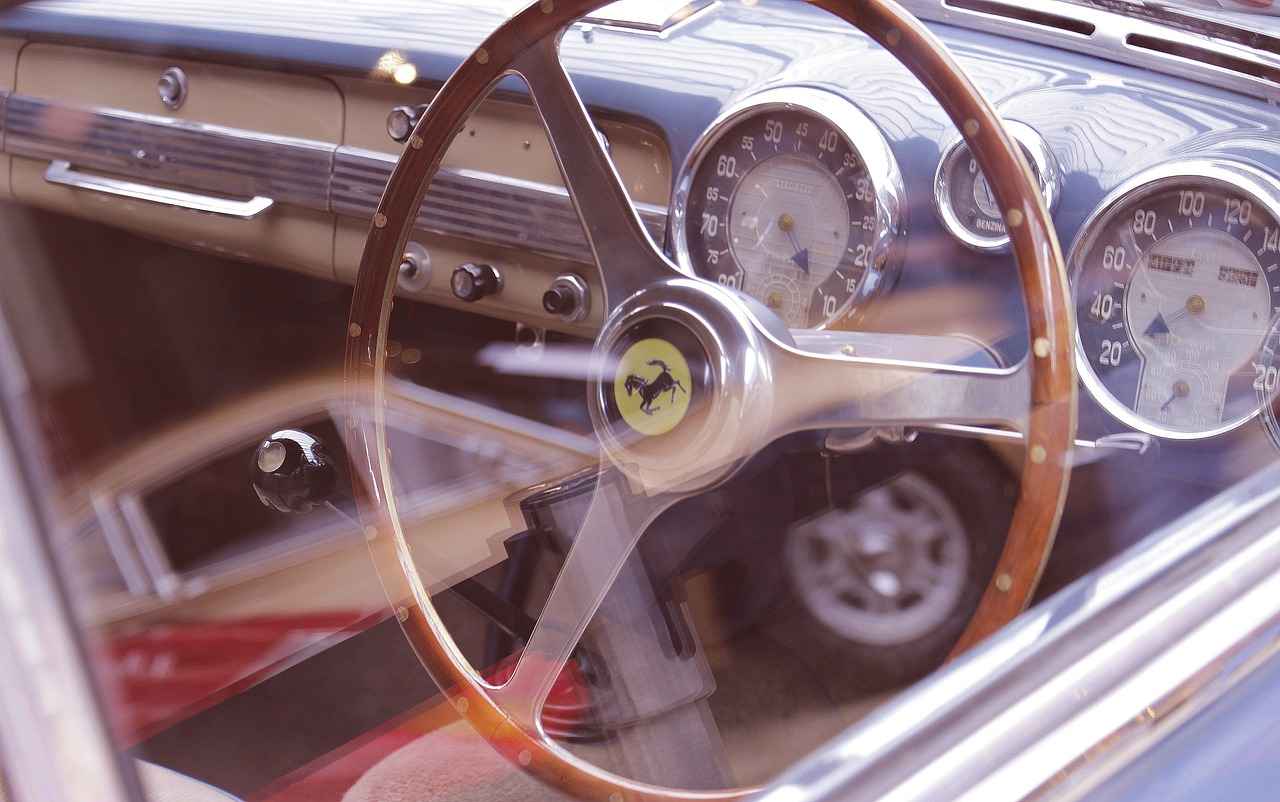
What Role Does Heritage Play in Jewelry Brands?
Heritage plays a pivotal role in the world of luxury jewelry brands. The stories behind these brands are often steeped in tradition, craftsmanship, and a deep connection to cultural history. This rich background not only adds to the allure of the pieces but also significantly enhances their value in the eyes of collectors and enthusiasts alike.
Many top jewelry houses trace their origins back to the 19th or even the 18th century. For instance, brands like Cartier and Tiffany & Co. have long histories that contribute to their status as icons in the luxury market. Their heritage is not just a narrative; it is a foundation that informs their design philosophy and craftsmanship. This lineage is often reflected in their collections, which feature timeless pieces that resonate with both history and modernity.
Moreover, a brand’s heritage can create a sense of exclusivity and prestige. When consumers purchase jewelry from a brand with a storied past, they are not just acquiring a piece of jewelry; they are also becoming part of a legacy. This connection to history can elevate the emotional value of the piece, making it more desirable and sought after. The narrative surrounding a brand, including its founder’s vision and the evolution of its designs, can captivate consumers and draw them into its world.
Additionally, heritage influences the craftsmanship associated with luxury jewelry. Many renowned brands continue to employ traditional techniques passed down through generations. For example, Van Cleef & Arpels is famous for its intricate designs and unique setting techniques, which are deeply rooted in its history. This commitment to maintaining high standards of craftsmanship not only preserves the brand’s identity but also ensures that each piece is a work of art.
Furthermore, heritage can also play a critical role in marketing strategies. Luxury brands often leverage their history to create compelling narratives that resonate with consumers. By highlighting their rich past, brands can strengthen their appeal and differentiate themselves in a crowded market. This storytelling aspect is crucial, as it allows consumers to forge a personal connection with the brand, enhancing their loyalty and willingness to invest in its pieces.
In recent years, the trend of sustainability has also intersected with heritage. Many luxury brands are now focusing on ethical sourcing and environmentally friendly practices while still honoring their traditional methods. This blend of old and new not only appeals to modern consumers but also reinforces the brand’s commitment to its heritage.
In conclusion, the role of heritage in luxury jewelry brands is multifaceted and significant. It enriches the narrative behind each piece, enhances craftsmanship, and creates a unique connection between the consumer and the brand. This blend of history, artistry, and emotional resonance is what makes luxury jewelry not just an accessory, but a treasured legacy.
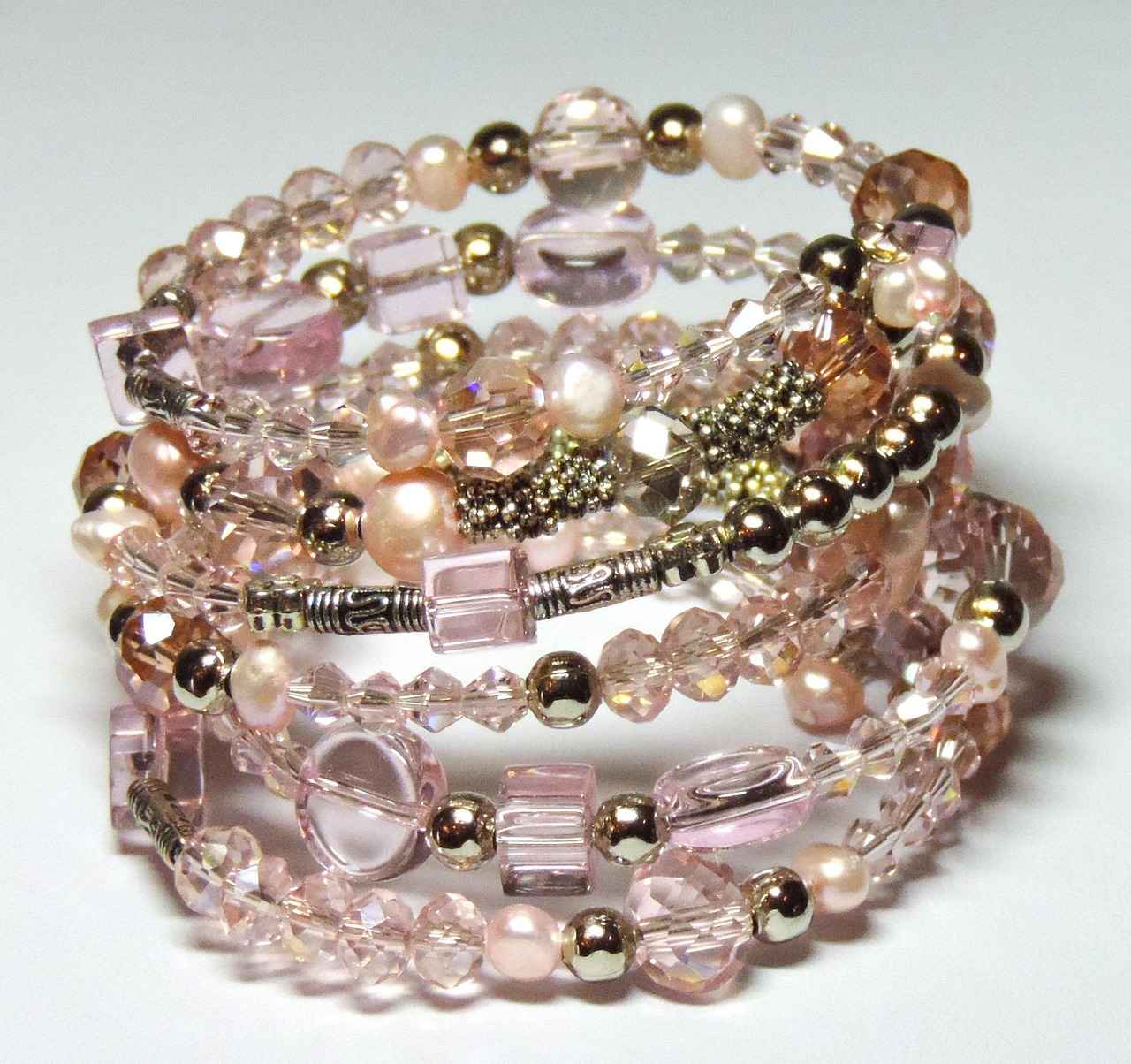
How Do Limited Editions Impact Value?
In the world of luxury jewelry, limited edition pieces hold a special allure that often translates into higher market values. The scarcity of these items, combined with their unique designs, creates a compelling investment opportunity for collectors and enthusiasts alike.
Limited edition jewelry is produced in small quantities, making each piece exclusive and highly sought after. This exclusivity is a significant factor in driving up the prices of such items. When a brand announces a limited collection, it often generates buzz and anticipation, leading to a rush of buyers eager to own something that few others will have. This phenomenon is particularly evident in renowned brands that have established a legacy of luxury and quality.
One of the key aspects that enhance the value of limited edition jewelry is the uniqueness of the designs. These pieces often feature innovative craftsmanship and distinctive materials that set them apart from regular collections. For instance, a limited edition piece may incorporate rare gemstones or unique design elements that are not available in standard offerings. This attention to detail not only appeals to the aesthetic sensibilities of buyers but also contributes to the overall investment potential of the piece.
| Factors Contributing to Value | Description |
|---|---|
| Scarcity | Limited production runs increase demand and desirability. |
| Design Innovation | Unique designs often feature rare materials or novel techniques. |
| Brand Prestige | Renowned brands enhance perceived value through heritage and craftsmanship. |
Moreover, the narrative behind limited edition pieces adds to their value. Each collection often tells a story, whether it’s inspired by a cultural theme, a historical event, or a collaboration with a famous artist. This storytelling aspect not only adds emotional value but also connects buyers to the piece on a deeper level, making them more willing to invest significantly in it.
However, it is essential to approach the investment in limited edition jewelry with caution. While the potential for appreciation is significant, the market can also be unpredictable. Buyers should conduct thorough research and consider factors such as market trends, brand reputation, and the condition of the piece before making a purchase. Understanding the investment landscape of luxury jewelry is crucial for ensuring that the pieces selected will retain or increase their value over time.
In conclusion, limited edition jewelry pieces are not only exquisite in design but also serve as lucrative investment opportunities. Their exclusivity, unique craftsmanship, and the compelling stories behind them contribute to their allure and potential for appreciation in value. As the luxury jewelry market continues to evolve, the demand for these limited pieces is likely to remain strong, making them a worthy consideration for any serious collector.
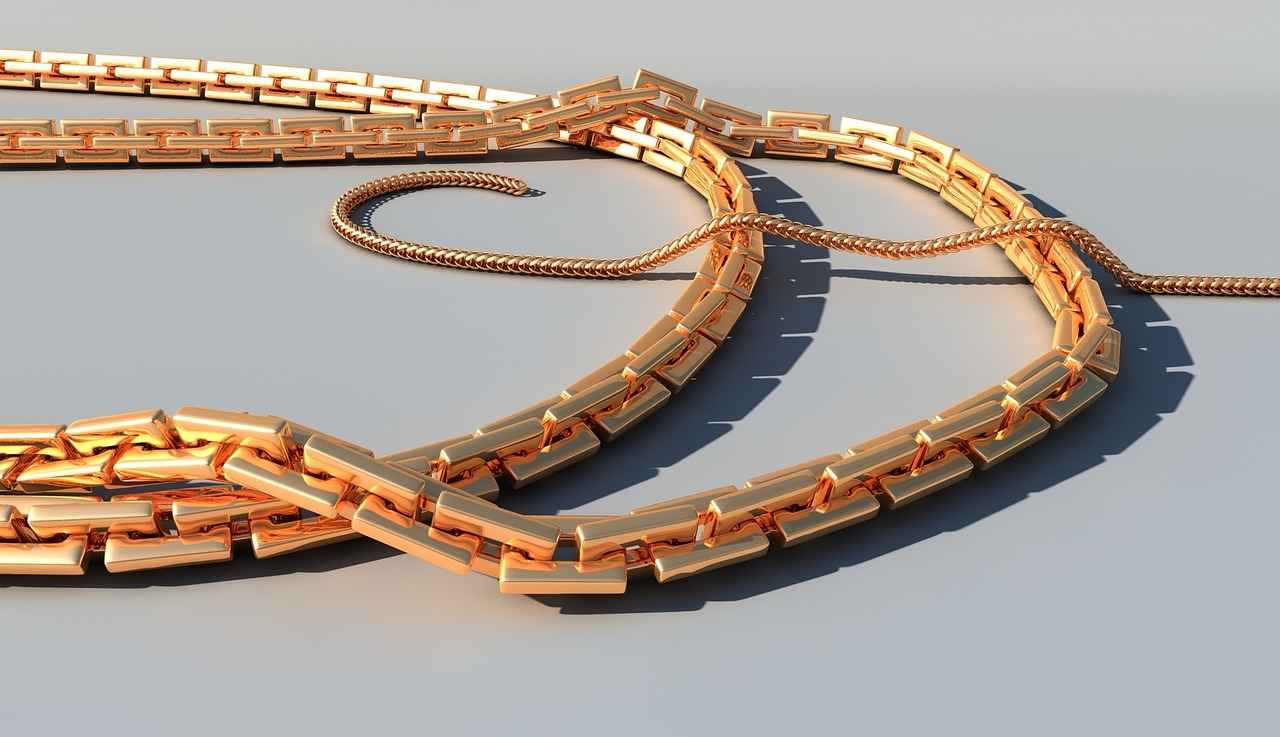
What Are the Future Trends in Luxury Jewelry?
As the luxury market continues to evolve, it is becoming increasingly clear that consumer preferences are shifting dramatically. Among the most significant trends shaping the jewelry landscape are sustainability and personalization. These trends are not just fleeting fads; they represent a fundamental change in how consumers engage with luxury brands.
Sustainability has emerged as a critical concern for many consumers, particularly younger generations who prioritize ethical considerations when making purchasing decisions. Jewelry brands are responding by adopting more sustainable practices throughout their supply chains. This includes sourcing materials responsibly, utilizing recycled metals, and ensuring that gemstones are ethically mined. Brands like Chopard and Tiffany & Co. have made significant strides in this area, committing to transparency in their sourcing practices and promoting eco-friendly initiatives. Such efforts not only appeal to environmentally conscious consumers but also enhance the brand’s reputation and credibility.
Another trend reshaping the jewelry market is personalization. Today’s consumers seek unique pieces that reflect their individual styles and stories. Luxury brands are increasingly offering customized options, allowing customers to create one-of-a-kind pieces tailored to their preferences. This trend is exemplified by brands like Pandora, which allows customers to design their charm bracelets, and Van Cleef & Arpels, known for its bespoke services that cater to the discerning clientele. By focusing on personalization, these brands not only foster a deeper connection with their customers but also enhance the perceived value of their products.
Moreover, technology plays a crucial role in facilitating these trends. The rise of digital platforms and social media has made it easier for consumers to explore and engage with brands. For instance, augmented reality (AR) and virtual reality (VR) technologies are being utilized to provide immersive shopping experiences, allowing customers to try on jewelry virtually before making a purchase. This innovative approach not only enhances customer engagement but also aligns with the growing demand for convenience in the shopping experience.
Additionally, the use of artificial intelligence (AI) in analyzing consumer behavior is helping brands to tailor their offerings more effectively. By understanding preferences and trends, jewelry brands can create collections that resonate with their target audience, ensuring that they remain relevant in a competitive market.
In conclusion, as the luxury jewelry market continues to adapt to changing consumer preferences, the focus on sustainability and personalization is likely to intensify. Brands that embrace these trends will not only enhance their appeal but also secure their position in a rapidly evolving landscape. The future of luxury jewelry is not just about opulence; it is about creating meaningful connections with consumers through responsible practices and unique, personalized experiences.

How to Invest in Luxury Jewelry Wisely?
Investing in luxury jewelry can be an exciting and potentially profitable venture. However, it requires a combination of knowledge, strategy, and a keen eye for quality. In this section, we will explore practical insights on how to select pieces that not only retain their value but may also appreciate over time.
Before investing in luxury jewelry, it is crucial to understand the market value of the pieces you are considering. Research current trends, auction results, and historical data to identify which brands and styles are in demand. Notably, pieces from renowned brands like Cartier, Tiffany & Co., and Bulgari often hold their value better than lesser-known names.
When investing, always prioritize quality over quantity. Look for jewelry made with high-quality materials such as platinum, gold, and genuine gemstones. The craftsmanship should be impeccable, with attention to detail evident in the design. A well-crafted piece not only looks beautiful but also stands the test of time, making it a wise investment.
Invest in pieces that feature timeless designs rather than fleeting trends. Classic styles tend to retain their appeal and value over the years. For example, a simple diamond solitaire ring or a pearl necklace can be a safer investment compared to trendy, avant-garde designs that may lose popularity.
Limited edition pieces often carry a higher price tag due to their exclusivity. These items are produced in small quantities, making them more desirable to collectors. Investing in limited editions can lead to significant appreciation in value, especially if the brand has a strong reputation.
Always ensure that your luxury jewelry comes with proper documentation, including certificates of authenticity and appraisals. Provenance can significantly affect a piece’s value, so knowing its history can enhance its investment potential. Jewelry with a notable background, such as pieces worn by celebrities or featured in prestigious collections, can be particularly valuable.
To protect your investment, regular maintenance and care are essential. Clean your jewelry properly and have it inspected by a professional jeweler periodically. This not only keeps the pieces in excellent condition but also ensures that any potential issues are addressed before they become significant problems.
The luxury jewelry market is dynamic, with trends evolving over time. Stay informed about market trends and shifts in consumer preferences. Following industry news, attending jewelry shows, and networking with other collectors can provide valuable insights into what’s currently in demand.
If you are new to investing in luxury jewelry, consider consulting with experts or appraisers. Their knowledge can guide you in making informed decisions and help you avoid costly mistakes. Joining a community of jewelry enthusiasts can also provide support and additional resources.
In conclusion, investing in luxury jewelry can be a rewarding endeavor when approached with the right strategy. By understanding the market, focusing on quality, and staying informed, you can make wise choices that will benefit you in the long run.
Frequently Asked Questions
- What makes jewelry brands expensive?
The price of luxury jewelry brands is influenced by several factors, including exceptional craftsmanship, high-quality materials, brand heritage, and exclusivity. Each piece is often a work of art, making it a valuable investment.
- How does Cartier maintain its prestige?
Cartier’s reputation is built on its commitment to timeless designs and impeccable craftsmanship. The brand consistently delivers pieces that reflect elegance and sophistication, ensuring its status as a leader in luxury jewelry.
- What sets Tiffany & Co. apart from its competitors?
Tiffany & Co. stands out due to its iconic branding, especially the famous blue box. Its dedication to exquisite craftsmanship and unique designs, combined with a rich history, solidifies its place in the luxury market.
- Why is Bulgari considered a symbol of Italian luxury?
Bulgari is celebrated for its bold and vibrant designs that embody the essence of Italian luxury. The brand’s focus on quality craftsmanship and unique style makes it a favorite among discerning jewelry lovers.
- How does Van Cleef & Arpels create unique pieces?
Van Cleef & Arpels is known for its innovative designs and techniques, such as the Mystery Set, which showcases their commitment to artistry. This dedication results in truly one-of-a-kind jewelry pieces that captivate collectors.
- What role does heritage play in jewelry brands?
Heritage adds significant allure to luxury jewelry brands. A rich history often enhances the desirability of pieces, making them more appealing to collectors and enthusiasts who appreciate the story behind each creation.
- How do limited editions impact value?
Limited edition pieces tend to have higher value due to their exclusivity. Scarcity and unique designs create a sense of urgency and desirability, making these pieces coveted by collectors and investors alike.
- What are the future trends in luxury jewelry?
As consumer preferences evolve, trends like sustainability and personalization are reshaping the luxury jewelry landscape. Brands are adapting by incorporating eco-friendly practices and offering customized options to meet these demands.
- How to invest in luxury jewelry wisely?
Investing in luxury jewelry requires knowledge and strategy. It’s essential to research and select pieces that not only appeal to you but also have the potential to retain or increase in value over time.
